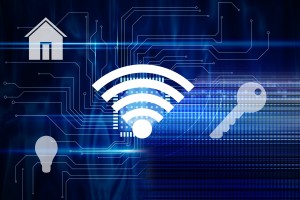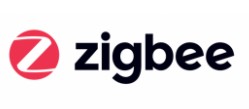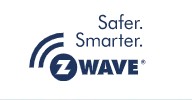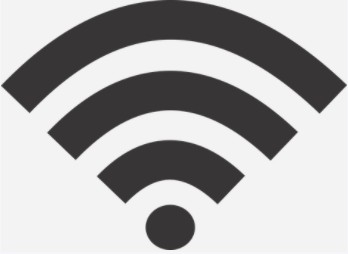Smart Home Radio Standards Overview - Comparison

Activate light scenes via smartphone, retrofit switches, control the heating, record temperature and humidity data or react to them. If you want to add certain smart home functions to your home, you can choose from a wide variety of manufacturers and technologies. In the absence of a uniform standard, there is plenty of choice: The market in the smart home segment is literally flooded. Some manufacturers rely on open standards, while others cook their own soup, link their devices to their clouds and, in addition to high acquisition costs, may even charge monthly fees. Those who rely on open standards, on the other hand, are probably not tied to one manufacturer and its whims. Probably the best-known cross-manufacturer wireless standards for the smart home are, in addition to WiFi, the standards ZigBee and Z-Wave, which have been optimized for the smart home.
ZigBee

Z-Wave

WLAN / WiFi

Thread
Thread uses IPv6 addresses and IEEE 802.15.4 as radio standard and is managed by the Thread Group. Thread is now owned by Google after acquiring the original manufacturer Nest. In addition to Thread, Google has also released OpenThread as an open-source implementation of Thread to accelerate development.Thread uses a mesh network for communication and provides support for low-power and battery-operated devices. The advantage of using IP is that devices can be more easily accessed over the local network or Internet: as an example, communicating from a smart phone directly to a device without a corresponding central control unit. Thread also uses the 2.4Ghz frequency band.
Matter
The Matter standard has revolutionized the smart home landscape by providing a unified platform for interoperability between devices from different manufacturers. Matter utilizes proven connectivity technologies such as Thread, Wi-Fi and LAN to ensure seamless communication.
Since its launch in 2022, Matter has received broad support from leading technology companies. Integration of the standard into new devices continues to grow, while many existing devices can be made Matter-compatible through software updates. The benefits include simplified set-up, improved security and enhanced usability.Consistent interoperability across different brands
- Use of Thread, WLAN or LAN for seamless communication
- Growing support from major technology companies
- Ability to retrofit older devices through software updates
These developments position Matter as a future-oriented standard for the smart home and promote greater acceptance and integration into everyday devices.
EnOcean
EnOcean focuses on devices that do not require batteries or external power sources. Through"energy harvesting", a switch, for example, can generate enough energy to send a radio signal through kinetic energy, purely through the mechanical force of pressing the button. EnOcean uses the frequencies 868.3 Mhz for Europe,902 Mhz for North America and 928Mhz for Japan.
Bluetooth
Durch die Einführung von Bluetooth Low Energy (BLE) bzw. Bluetooth 5.0 wird Bluetooth grundsätzlich für den Einsatz als Funk-Standard für Smart-Homes interessant. Gut möglich, dass in Zukunft Bluetooth auch mehr für die Hausautomatisierung eingesetzt wird. Bluetooth Mesh erweitert die Möglichkeiten von Bluetooth im Smarthome, indem es die Kommunikation zwischen mehreren Geräten effizienter gestaltet und größere Reichweiten ermöglicht. Führende Anbieter integrieren Bluetooth-Technologien zunehmend in ihre Smart-Home-Produkte, was die Interoperabilität von Geräten unterschiedlicher Hersteller verbessert. Sicherheitsupdates und -standards für Bluetooth werden kontinuierlich optimiert, um einen sicheren Betrieb in vernetzten Heimumgebungen zu gewährleisten.
HomeMatic IP
For the HomeMatic IP - products the radio standard BidCoS developed by eQ-3 AG is used. eQ-3 is a German company and originated from ELV Elektronik AG. HomeMatic devices also connect via a mesh network, the 868 Mhz band is used for data transmission.
Conclusion
The wireless protocols optimized for use in the smart home use a mesh network, have some common features, but are still not directly compatible with each other due to the lack of a standard. For merging the wireless protocols presented here, there are various manufacturers that support other protocols in addition to their protocol. For example, some smart home control panels additionally offer ZigBee as a wireless protocol.
For all those who want to leave the option open for an alternative wireless standard, there are some open source platforms with the help of which it is possible, for example, on a Raspberry Pi or a NAS with appropriate receivers to control various standards from a central computer. What remains when connecting the various wireless standards is that each ecosystem forms its own mesh network, these then do not support each other, but on the contrary, could interfere. An overview of different smart home platforms, as well as a concrete example, can be found in the following article: Smart Home Platform.
 ({{pro_count}})
({{pro_count}})
{{percentage}} % positive
 ({{con_count}})
({{con_count}})